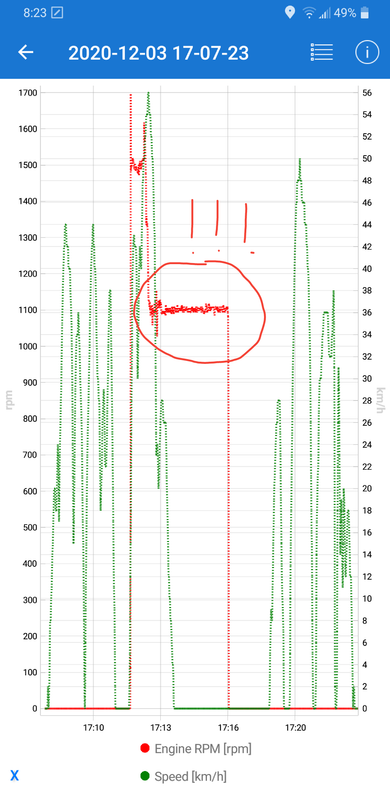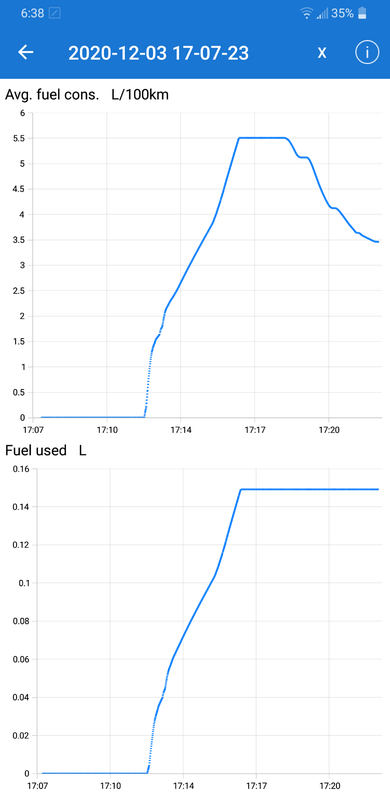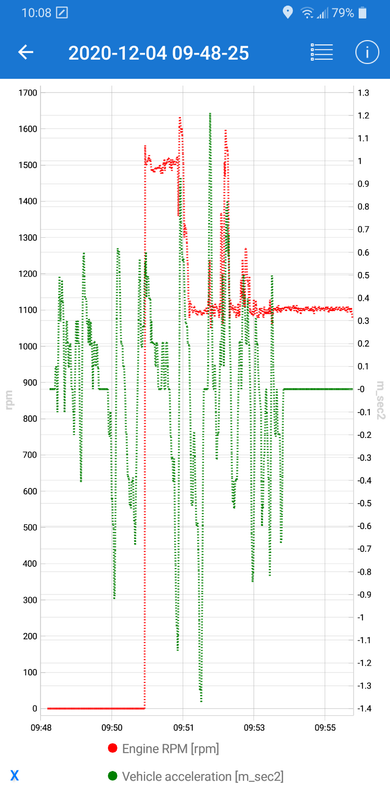I got my 12V remote switch ... and some spare fuse to be used for make "jumpers" cables
Does anybody knows where I can get a 12V source (possibly only when the car is "on") for power the 12v remote switch ?
Ideally this 12v source should be in the fuse box under the hood, or next to it.
Thanks
e_lm_70
ps: After almost 6 months of usage .. my foot is already calibrated to push up to 90% of the EV power .. so .. hardly now I start ICE by accident .. still I'm using only 50 to 55kw power instead of the full 60kw ... driving experience is more "rich" when it is allowed to floor the gas pedal and have the ICE no starting .. since the pure 60kw electric power can make the car accelerate quite fast, also without ICE help
Does anybody knows where I can get a 12V source (possibly only when the car is "on") for power the 12v remote switch ?
Ideally this 12v source should be in the fuse box under the hood, or next to it.
Thanks
e_lm_70
ps: After almost 6 months of usage .. my foot is already calibrated to push up to 90% of the EV power .. so .. hardly now I start ICE by accident .. still I'm using only 50 to 55kw power instead of the full 60kw ... driving experience is more "rich" when it is allowed to floor the gas pedal and have the ICE no starting .. since the pure 60kw electric power can make the car accelerate quite fast, also without ICE help



